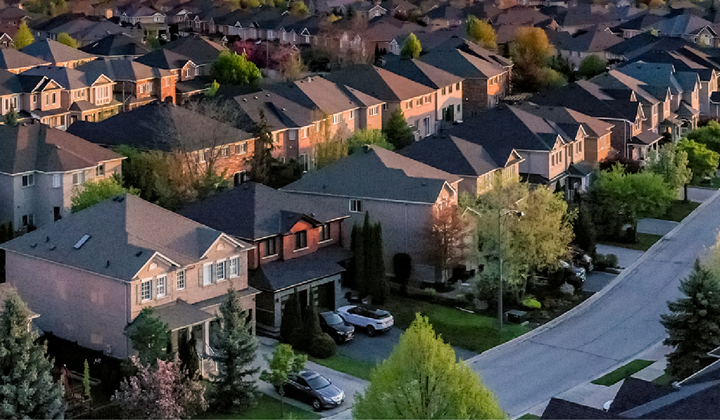

Homebuilding consents fall 26.3% year-on-year
The number of homebuilding consents is at low levels, raising concerns for future housing supply and affordability.
A total of 1,991 new homes were consented in January, according to the latest data from Stats NZ. That was the weakest January result since 2018; it was also 10.2% below the 10-year January average of 2,218 consents.
Furthermore, only 899 of those 1,991 consents were for standalone houses – the last time fewer than 1,000 houses were consented in a month was April 2012.
Looking at the annual data, there were 36,453 new homes consented in the year to January, which was 26.3% lower than the year before. That included 15,507 standalone houses, which was also 26.3% lower than the year before.
Supply failing to keep up with demand
What makes this concerning is that housing demand has been growing faster than supply, as can be seen from analysing Stats NZ data.
New Zealand’s population grew by a very strong 2.8% in 2023, increasing by 145,100 people. Each household contains an average of 2.7 people, which means an additional 53,741 homes would be needed to house all those new residents. However, just 36,453 new homes were consented in the most recent annual period – and, to make matters worse, some consents never become finished homes, as some builders decide not to proceed with a project after gaining approval. So the demand-supply gap is even greater.
In a recent cabinet submission, Housing Minister Chris Bishop said “New Zealand has among the least affordable houses in the world, the result of a persistent undersupply of houses.” He added that a comprehensive reform program was needed to target the underlying causes of the housing shortage, and called for:
- Land to be made available for housing, mixed use and other development.
- Councils to be able to access tools to build infrastructure that is necessary for growth.
- Councils to be incentivised to support growth in their regions.
“My goal is to flood urban housing markets for Tier 1 and 2 Councils with land for development. Abundant zoned and serviced land within and at the edge of our cities for housing will moderate land prices and increase competition among land-owners to stop land banking. As the scale of development opportunities increase, developers will have the confidence to build up their capacity,” he said.
